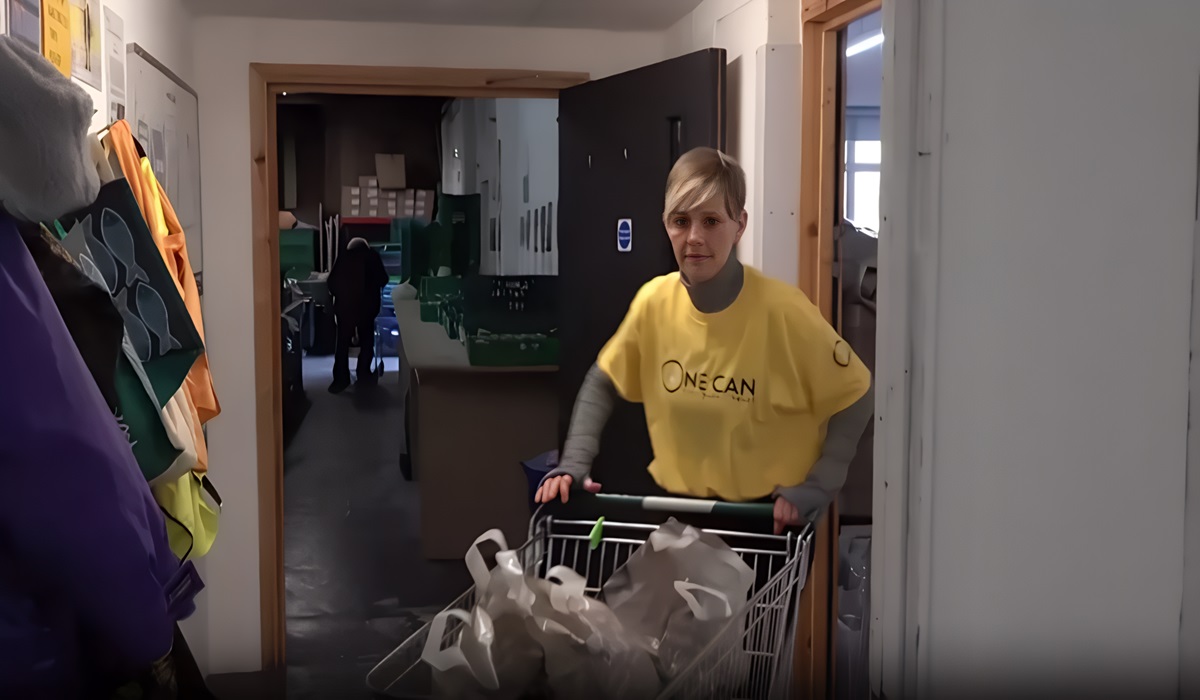Cross-contamination in laboratories isn’t just a pesky inconvenience; it poses serious threats to research integrity and safety. Industry professionals, from lab managers and biotech researchers, understand the chaos it can cause when products and results come into contact with contaminated surfaces or equipment. Understanding the consequences of cross-contamination in labs is only the tip of the iceberg.
Cross-contamination can wreak havoc on lab results, skew data, and lead to inaccurate conclusions. Imagine spending months on research only to find the final data compromised by contaminants—frustrating, right? Beyond affecting research outcomes, cross-contamination poses severe safety risks. Tainted samples can lead to exposure to harmful substances and threaten the well-being of lab personnel or end users.
Understanding the sources of cross-contamination is vital for prevention. Equipment often becomes a vector for contamination, with remnants from previous experiments lingering and affecting new tests. Personnel also play a role; even the most cautious individuals can inadvertently transfer contaminants between stations. This makes stringent protocols and training indispensable for minimizing risks.
Lab managers hold the key to preventing cross-contamination. By implementing strong safety protocols and ensuring adherence, they safeguard both research and personnel. Regular training sessions and audits can reinforce the importance of protocol compliance, further fostering a culture of safety and vigilance within the lab environment.
Single-use bioprocessing offers a promising solution to mitigate cross-contamination risks in lab settings. By using disposable components, labs significantly reduce contamination chances. This approach eliminates the need for extensive equipment cleaning, saves time, and minimizes human error.
However, single-use bioprocessing presents challenges that require careful consideration. While convenient, it generates more waste and raises environmental concerns. Additionally, cost implications may affect budgets, especially for smaller labs. Balancing the benefits with these challenges is crucial for labs considering this approach.
The battle against cross-contamination in labs is an ongoing effort requiring diligence and innovation. Prioritizing safety protocols, understanding contamination sources, and exploring solutions like single-use bioprocessing empower labs to maintain research integrity. For industry professionals such as lab managers and biotech researchers, staying informed and proactive is vital to safeguarding results and personnel.









